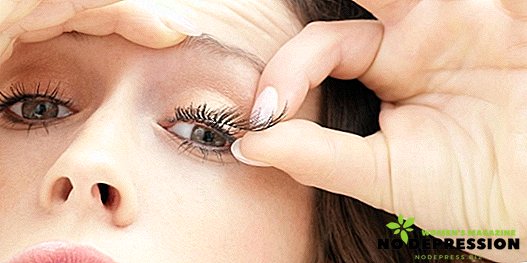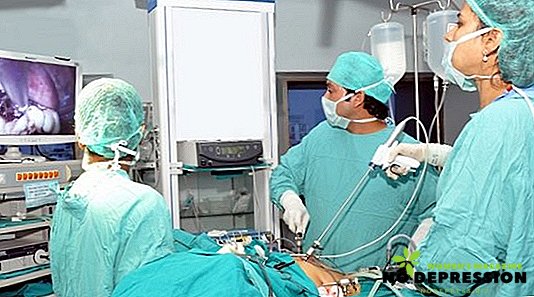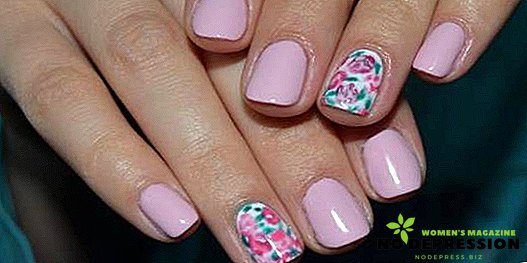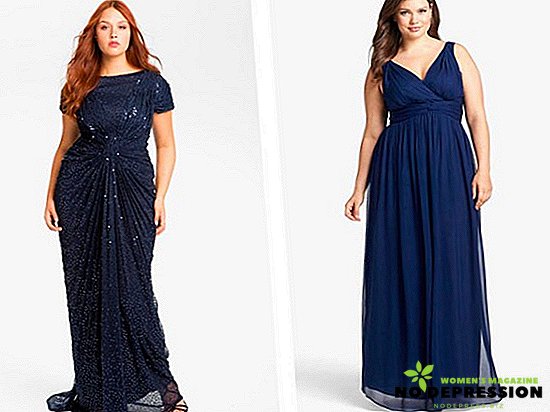Parents, buying a desk for the student, often guided by price and size. And they miss a number of important requirements for creating a comfortable place. And it should be comfortable, roomy, safe and stylish in the interior. These factors stimulate a child's desire to study and work.

Basic selection rules
Among the numerous range is difficult to choose. Before buying, look at photos of different options and find out what your child likes. The main criterion for choosing a child is the appearance and personal preferences.
In addition, there are other factors of the correct choice, and their implementation falls entirely on the shoulders of parents.
What should be a desk:
- Comfortable. Your student should be comfortable sitting and doing homework.
- Eco-friendly. Made of natural materials or artificial, non-toxic, without foreign smells of paint and varnish products, plastics.
- Functional. With enough drawers, shelves to hide all school supplies.
- Safe and durable. Fittings must be of high quality, tightly bolted, without sharp corners, hooks. Drawers should slide out smoothly.
- Ergonomic. For small apartments need a compact table, but the size must match the age.
- Stylish. Fits into the interior of the apartment or nursery, while the appearance suits the child.
- Aesthetic. The color scheme should adjust to the working mode, most often it is plain colors, with a bright finish or without. Black, white, gray, beige, blue, green tables are preferred. They do not distract, focus on learning, set up in a positive way.
Choosing furniture, you should not buy from expensive wood, children can get dirty with paint, pen, glue, and damage with a clerical knife. A trendy design will distract from the study. Do not buy too cheap options. There is a risk of an allergic reaction due to the toxicity of the materials.
The optimum sizes of a table for the school student
In school time, the posture and vision of the child are formed, so it is important to sit properly in the workplace. Adults should competently approach the choice of size and shape in accordance with age.
To calculate the optimal dimensions, remember the following points:
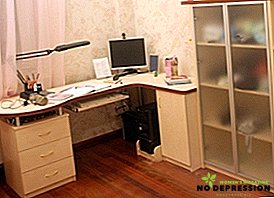 Standing, hands touch the table top.
Standing, hands touch the table top.- When sitting, with the arms down, elbow slightly lower by 3-5 cm.
- Hands lie on the tabletop, shoulders in a natural pose, do not rise.
- The surface is at the level of the solar plexus.
- The distance between the knees and the bottom surface of the table is about 10-15 cm.
- The length should be 1 m or more so that the elbows do not hang down.
- The permissible width for children of the first class is 60 cm, for other students it is 80 cm.
- If the computer is on the tabletop, the width is increased to 100 cm. It is important that the distance to the computer is at least 40 cm.
- Sufficient width allows you to arrange textbooks and organize a place for homework.
- In the presence of cabinets or drawers, the legroom requires at least 0.5 x 0.5 m.
- When sitting, the legs should rest against the floor or the footboard at an angle of 90 degrees (without fixation, blood circulation is disturbed and rapid fatigue of the child occurs).
The main indicator of the correct choice is that the child is comfortable to sit, nothing prevents. Do not purchase tables large for growth. In order not to harm health, buy furniture with adjustable height.
Quality of materials
Furniture materials should be safe, durable, easy to maintain.
Solid wood
Eco-friendly material, but quite expensive. More suitable for high school students, they have a more careful attitude to the working surface.

Chipboard (chipboard)
Cheaper material, while durable. Presents different design options.
LDSP (laminated chipboard)
Also cheap stuff, although less safe. Therefore, it is advisable to check compliance with safety certificates before purchasing. After a few years of operation, it loses its attractive appearance and can release toxins.

MDF (fine fraction)
Safe, durable. The quality is not inferior to natural wood. Externally, it may resemble a smooth surface or wood. Less susceptible to moisture and direct sunlight.
Plastic
Less durable, integrity is quickly broken, chipped appear. It is better to buy in primary school for the first time, after getting better.

Plexiglass
It happens instead of a table top or covers a wooden surface. Thereby it protects from paint, felt-tip pens, glue, scuffs. More often cover light table tops. The high price pays off good wear resistance.
Variety of desks for home
Modern species are represented not only by classical rectangular, but also by other forms. There are different colors and configurations.
Rectangular
Compact size suitable for small rooms. Often, the furniture does not have a superstructure; it is provided with drawers on the side and a bottom shelf. The tables in the large room are massive. On the surface it is easy to organize a place for writing and a monitor.

Computer
An ordinary computer desk does not fit, there is no place for homework. In the combined version there is a space for writing, a niche for office equipment and shelves for books and trivia.
The disadvantage is that children are easily distracted by the games, so it is necessary to distinguish between workplace and play, to introduce time limits.
Angular
For a room of 10-12 sq.m. This is a great option to use a non-functional place. The table top can be equipped with drawers, shelves, add-in and other elements of the computer desk.
Corner table can be L-shaped. Conveniently, on one side you can do the lessons, and on the other creativity or games. A tabletop can have two proportional sides or one side is longer than the other.

Orthopedic
Used for posture correction. On the tabletop a small rounded notch. Thanks to her, the child can sit evenly, so it will be more convenient to hold hands on the working surface.
Table transformer
If the furniture is bought only once in the 1st class and until older age, acquire transformers. They change the height, slope, size, often do not have shelves. You can purchase a rack with adjustable height shelves.
Furniture material should be strong and durable, better fit wood or MDF.

Folding
For rooms where not only the student lives, a folding tabletop will be a convenient option. One side of it is fixed on the wall, cabinet, the other unfolds and has legs. Creates additional space for creativity or work on a laptop.
Interesting desk solutions
A small room does not always allow you to place a full-fledged desk, you have to look for ergonomic and interesting solutions.
Table bed
At night the table turns into a bed. In order to go to bed, you will have to follow daily order. But the child will learn to carry out things to the end.

School corner
Compact furniture is made in the same style and has all the ingredients for sleep, study, play. It is equipped with side tables, shelves, cabinets. Bed more often located on the second floor. Below is a working or play area. Table at the side or in the center. The corner is designed for children of younger and middle age. For high school students will have to buy new furniture.
Modular furniture
Furniture modules of different widths and configuration. You can independently choose according to the size of the room and the required functionality: tables, cabinets, shelves. Furniture is for children of primary and high school.

How to organize a workplace for two
If there are two or more children in the family, everyone needs to create their own workplace. There are the following options for the location of the table:
- in a large nursery, two rectangular or angular can be put at the corners of the room;
- on one wall, place a work surface, for each child - 1 m or more in length. Separate the shelf, shelving or bottom partition wall cabinet. On the wall for children to hang shelves for books and stationery;
- in wide rooms, two tables can be placed at the window, towards each other. Their total width should be 1.6 m;
- L-shaped location, the tabletop should be long, so that children do not interfere with each other during work.
It is desirable that your schoolchildren do not see each other, otherwise it is difficult to concentrate. Arrange the lighting for each child.
Functional Organizers
The shape and size is the basis of the table. And organizers make it convenient for work:
- boxes on the one hand, from two or a bollard on wheels;
- bookcase, trivia;
- portfolio shelf;
- foot shelf;
- niche for office equipment;
- special hole for wires;
- sliding shelf for the keyboard;
- niche for drawings, magazines, watercolor sheets.
Items for daily use are stored in an accessible place, the office is located in the top drawer on the shelf.
In right-handed children, the boxes are on the right and the lighting is on the left. Left-handers have the opposite.
The superstructure on the table is convenient because you do not need to buy shelves. But it must be durable and well fixed. Such furniture can not be placed at the window, so as not to block natural light. It is better to place in the corner and add a lamp.
Choose a desk with your child. After all, he has his own preferences in color and style. Find a compromise, listen to the desire of your son or daughter, but do not forget about the convenience, functionality and beauty. And then the desire of the child to learn and develop in creativity will be more.
When buying a desk for the student it is necessary to focus not only on the appearance and cost, but also on the ease of boarding, functionality, spaciousness.


 Standing, hands touch the table top.
Standing, hands touch the table top.
